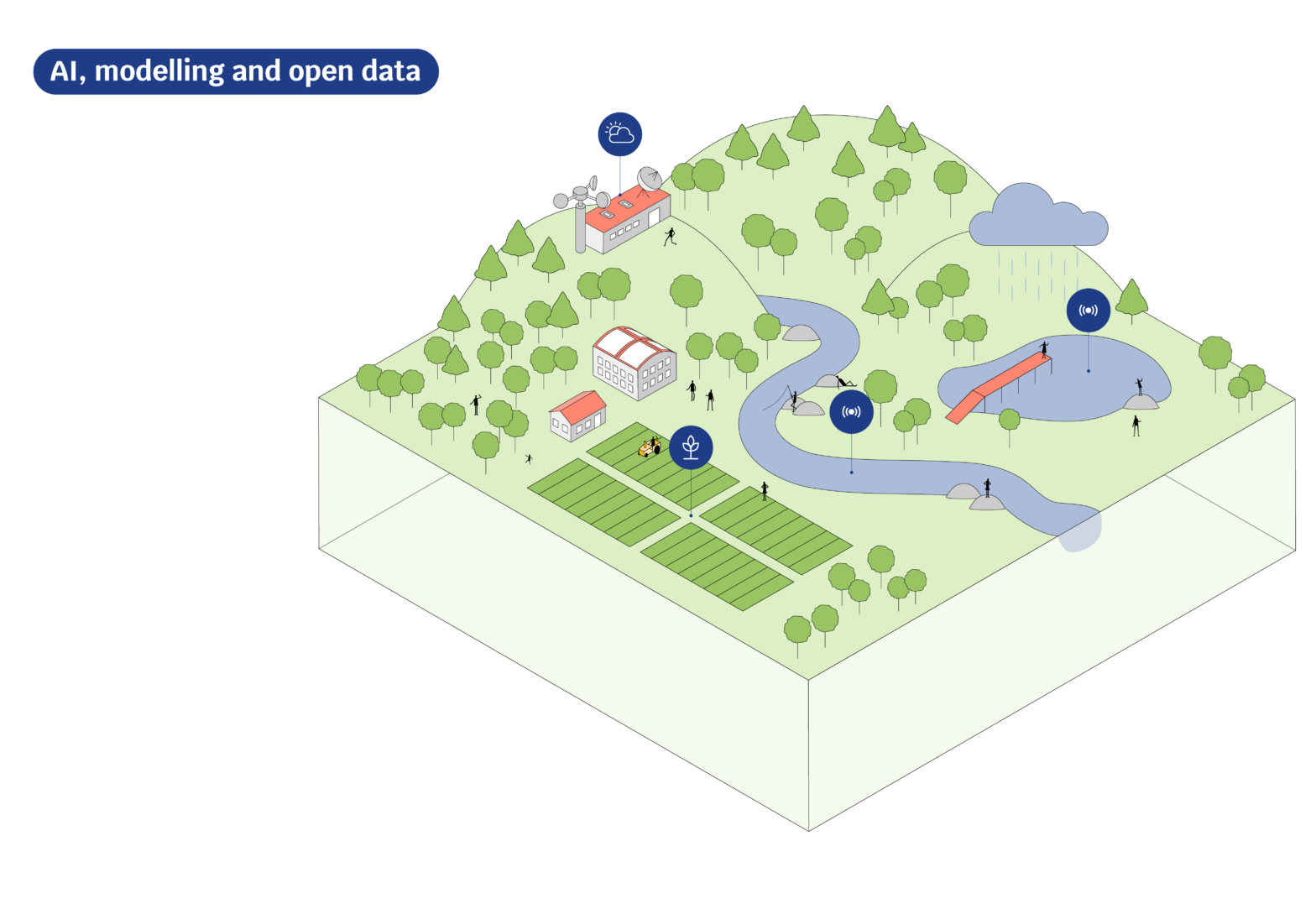About the Company
Traditionally, the group’s IT activities have been dominated by its Generation division, where demands for a stable supporting environment run high. In recent years, however, its trading division – Power & Energy Trading – has grown in prominence, as fluctuating global energy prices have forced the group to actively manage the risks of price volatilities in wholesale electricity markets. To ensure its customers receive a reasonable price, the unit now operates a 24×7 trading desk, in order to mange its portfolio of generated energy on a continuous, dynamic basis.
Over time, the IT demands of each division have diverged. Reconciling those (sometimes) conflicting demands has been the task of Ian Campbell, the group’s CIO. Campbell – who is also the newly appointed chairman to enterprise IT user association, the Corporate IT Forum, explains to Information Age how he steered the company’s technology requirements through a three-year change management programme, and how ‘a little self-knowledge’ can go a long way in the world of IT.
Information Age (IA): British Energy not only generates energy, it trades in energy. Those two operations must put very different demands on the IT function. How have the IT requirements of the Generation and Trading arms of the business manifest themselves?
Ian Campbell (IC): When I became involved here, I quickly realised that we had two quite distinct areas. For British Energy’s Generation side, it’s safety first because in nuclear operations the appetite for risk is zero. With that in mind, we have process control systems at power stations and they are on testing cycles of several years.
But given our other part of our organisation, the trading division, is doing a lot of decision support and analysis, their requirement is about flexibility and speed to market. So there the appetite for risk in terms of getting [a service] up fast with 80% [of the functionality] working in phase one might be acceptable. But you can’t get an 80/20 ratio in a power station, just as it wouldn’t be acceptable in a jumbo jet.
So when I arrived [in September 2005] I found IT was trying to be one size fits all. For example, there is a 13 week plan for a power station. Once we’ve committed to a plan for that business, nothing changes within those weeks, because it’s change that leads to problems when people rush things. If something has to be changed, it just bounces out of that 13 weeks and goes into the next. Whereas you can imagine within the trading division, the maximum [acceptable turnaround time for change] might be 13 days. Clearly, the answer isn’t six and a half weeks for both.
IA: So how did you determine to address this issue?
IC: I took the example of the Red Arrows [the RAF aerobatic team], because of their intense team work, integrity and the preparation they have to make well in advance. When actually doing the displays they have to get it right because they’re wing tip to wing tip, and having a pilot background myself I thought theirs was a good model for how we should achieve operational excellence.
For this, we got people to self-select themselves for certain styles of working; so we took them through how you go about mission command, how you go about planning and preparation, how you look at your blend of skills. In order to operate the Generation systems, for example, you need the type of person who is very methodical and very persistent, as every line of code has to be tested: it’s a certain mindset, strength and skill. That exercise helped me confirm that we needed one part of the IT organisation looking after Generation and one part looking after Trading.
There are, of course, some services like email and ERP that we run centrally for everyone, but the ones that are important to the customers [users] – that underpin trading, run power stations and engineering support – have got be totally aligned with user culture and their way of working. That’s where we identified the needs at both the front end and the back end – on what we call the customer relationship-side and customer support-side, respectively. You need to know the way of working that suits them – so we’ve got customer service managers interacting with different parts of the business, even though those services are run centrally by a common team.
IA: Effectively splitting up the IT function sounds like a tricky manoeuvre, politically and culturally. How did you get it past the board and other senior management?
IC: Most people think that technology is all about technical skills, but actually more and more the technical skills are less important within the organisation. Our CEO, who’d come on six months before me, was also implementing a cultural change, so what I was doing was dovetailing with that, and introducing a customer service culture that aligned to customer needs. That wasn’t necessarily prevalent here in the IT department previously; the board went for it big time. So, in that year [2006] our two big objectives were reliability – supporting all our services and customer services, and getting that independent view that we were aligning ourselves better and making sure what we did was what the company needed, rather than what the IT thought it needed.
CV
Name: Ian Campbell
Company: British Energy
Title: Chief information officer
Highlighted challenge: To align British Energy’s IT operations to the risk profiles of the different areas of its business.
Background: Campbell has held a number of both senior business and IT roles in large organisations. Before joining British Energy, he was CIO at telecoms service company Energis (now part of Cable and Wireless). Campbell has also recently been appointed as chairman of the enterprise IT user association The Corporate IT Forum (tif).
IA: What about the actual IT staff: were they receptive to the changes?
IC: There was a bit of resistance, and undoubtedly not everyone’s going to jump on board and say they were just waiting for this opportunity. So there were a couple of things I had to resolve: the IT department was quite hierarchical in most parts, so I collapsed one layer of management because I felt there were too many layers of communication to get through in order to get work done. There is a theory that from the CEO to every employee, there should be no more than about five communications, and we in IT were on six or seven. So obviously [we had to ask], ‘what’s the added value of every level?’
IA: So in some respects this is quite a classic IT and business alignment story?
IC: On the one side definitely, and the fact that we have linked the project to bonuses was a good way of engendering a behaviour change and getting the mindsets right.
IA: From your view as chairman of The Corporate IT Forum, do you think that many of your peers in the IT industry have become more conscious of the IT and business alignment problem?
IC: To some extent, it’s a much better understood issue; we are constantly hearing about better alignment. But it shouldn’t be about CIOs complaining that the CEO or CFO doesn’t understand them – that is wrong. It’s an issue that exists more at a functional level, in terms of being engaged in every part of the business. So, in that way, British Energy is a good example of this, where the IT relationship managers are now seen as part of the business unit teams. This change was something that I had to get done here, as opposed to something I could ignore or put the castle walls up and say ‘IT’s different’ and lose the board in all the techno speak. We put a lot of effort into telling people we would change if they were willing to give us the feedback.








